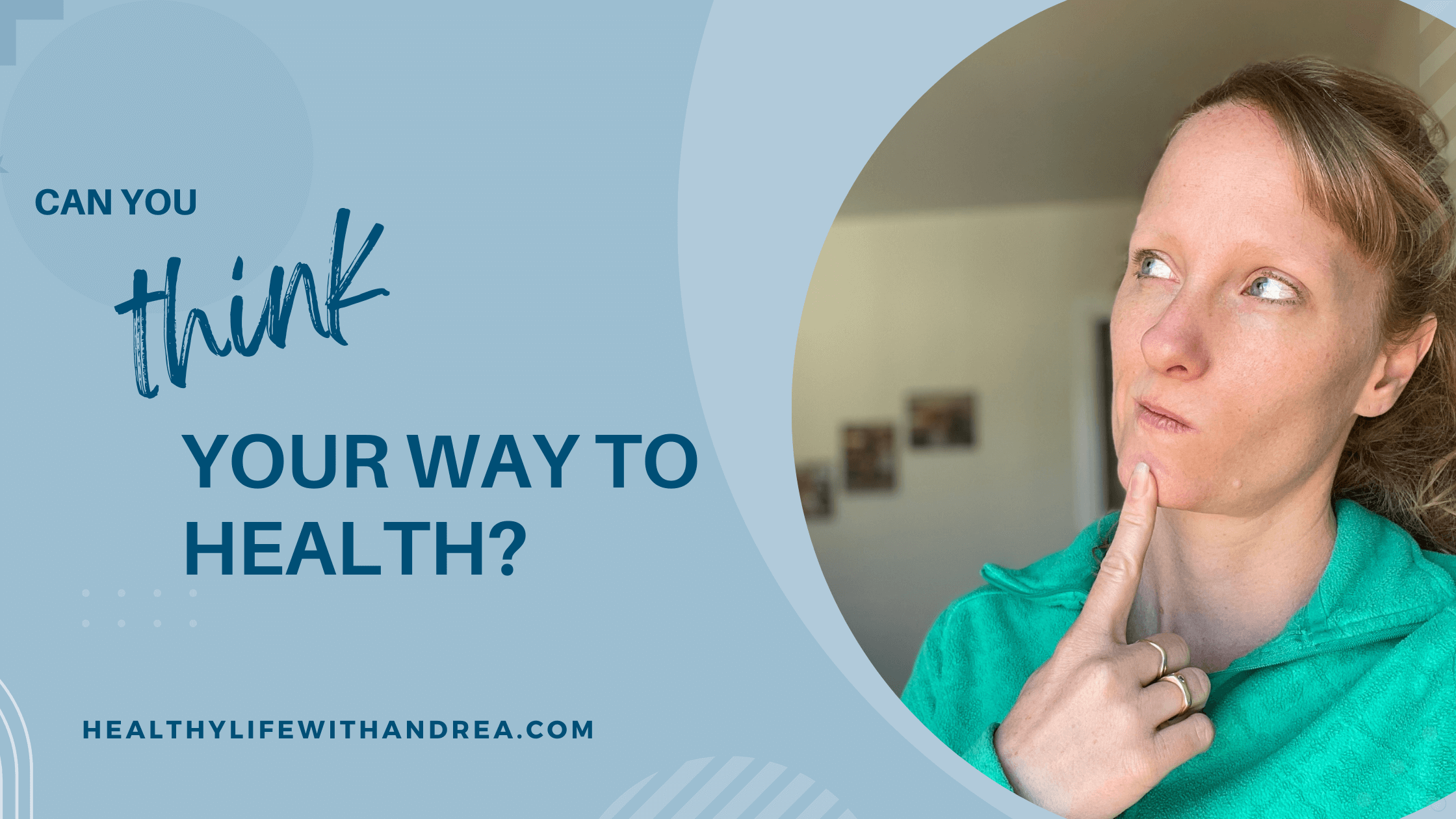
Today we are diving into the mind-body connection and the placebo effect.
I love this quote by Dr Robert Trivers: What the brain expects to happen in the near future affects its physiological state.” The power of the mind can help us heal or create disease.
When we think positive thoughts, our brains release endorphins which can block pain perception, increase dopamine synthesis. In contrast, chronic use of opioid medications suppresses the production of endorphins and the receptors on which they act.
Placebo is somewhat considered in a negative light these days, but it actually used to be a big part of routine medicine. It used to be used by physicians for peace of mind and comfort for patients, giving them something. Today, we mostly only hear about placebo in the context of drug trials where a portion of the study participants are given a placebo rather than the drug being tested to evaluate the effectiveness against essentially nothing. But that’s really inaccurate. Placebo isn’t nothing.
So, let’s run through some of the amazing findings published in the literature about the power of the mind:
- Hypnosis speeds to healing of bone fractures, confirmed by x-ray, patients also reported less pain and quicker improvements in mobility.
- 30% of hypertensive patients were able to maintain ideal systolic blood pressure for at least a year on a placebo drug.
- Students who inhaled a placebo and were told it was a toxin with four known symptoms developed those symptoms.
- Children could reduce 50% of ADHD medication dosing and maintain improvement with placebo.
- Autistic children receiving secretin treatment experienced 15% improvement in symptoms versus 28% improvement in the placebo group. What’s even more interesting is that even though the placebo was more successful, 70% of parents still wanted the secretin treatment as a means to do something.
- Adults with spinal fractures received either vertebroplasty surgery or a sham surgery and experienced nearly identical pain reduction. For these sham surgeries, even the surgical team had no idea which patients would get the surgery and which would not. All patients got the same prep, anesthesia, incisions, sutures…everything except the actual spinal work. The surgical team was handed an envelope during the procedure telling them which group this patient was in. The final result was that both groups found pain relief, dropping from a 7 out of 10 score to a 4. Some sham participants even reported a full remission of pain.
- 35 patients with moderate Parkinson’s disease who were undergoing standard pharmaceutical treatment were given a probability of receiving the real medication versus placebo - either 25%, 50%, 75% or 100%. All participants actually received the placebo. Participants in the 75 or 100% groups saw dramatic dopamine release in the brain as seen on PET scans. In this case, both prior experience with the real drug and the positive expectation were key to the brain actually releasing more dopamine naturally.
- Most antidepressants are widely known to not be any more effective than placebo. Continuing to show that the effect patients believe they’ll get from the drug can actually be what drives the benefit, not the actual drug. So the drug itself can be the placebo.
- A pain killing trial evaluating capsaicin injections as the pain stimulant. When capsaicin, the active ingredient in cayenne pepper, is injected just under the skin, it causes heat and pain. They had participants inject small doses in specific spots on their bodies, then used a placebo cream topically in specific areas to help the pain. They experienced relief only in those areas where they applied the cream.
- Half of asthma patients perceived nearly equal self-reported relief from placebo inhaler vs Albuterol, even though air flow was significantly more improved with Albuterol. This was a cross over trial, so all participants received both the Albuterol and placebo at different points throughout the trial.
- 52% of colitis patients reported dramatic relief and many showed reduced intestinal inflammation after placebo drug intake.
- Up to 40% of infertility patients get pregnant while taking placebo fertility drugs.
- 36% of patients with chronic headache experience relief with placebo when the studied intervention was a drug.
- 200 patients were given a specific diagnosis and told they’d feel better in a few days, 64% did. In those that were told their diagnosis was uncertain and the outcome wasn’t clear, only 39% felt better 4 days later.
- Patients who received a comforting visit from the anesthesiologist the night before surgery required less than half as much pain killer post-surgery than the group who didn’t have the pre-surgical visit.
- Setting negative expectations for the likelihood of pain increases the incidence of perceived pain. Same for perceived side effects from the drugs.
For further reading and learning about this topic: check out the Spontaneous Remission Project with over 4000 references on unexplainable healing. I also recommend books like “Mind Over Medicine” by Dr Lissa Rankin, “The Biology of Belief” by Dr Bruce Lipton, “Suggestible You” by Erik Vance, and “You Are the Placebo” by Dr Joe Dispenza.
Until the next, be well and vibrant.
References:
https://www.ncbi.nlm.nih.gov/pubmed/10069091
http://jamanetwork.com/journals/jamainternalmedicine/fullarticle/485330
https://link.springer.com/article/10.1207/s15324796abm3301_13
https://www.ncbi.nlm.nih.gov/pubmed/22284159
http://www.nejm.org/doi/full/10.1056/NEJMoa0900429#t=article
http://jamanetwork.com/journals/jamapsychiatry/fullarticle/210854
https://www.ncbi.nlm.nih.gov/pmc/articles/PMC2967525/
http://science.sciencemag.org/content/304/5669/452
http://www.jneurosci.org/content/19/9/3639.long
http://www.nytimes.com/2000/01/09/magazine/the-placebo-prescription.html
https://www.ncbi.nlm.nih.gov/pubmed/9178676
https://www.wsj.com/articles/SB10001424052970204720204577128873886471982
http://www.jmptonline.org/article/S0161-4754(11)00067-4/abstract
http://www.nejm.org/doi/pdf/10.1056/NEJMoa1103319
https://www.ncbi.nlm.nih.gov/pmc/articles/PMC2725026/ and
https://www.ncbi.nlm.nih.gov/pmc/articles/PMC1246362/pdf/bmjcred00019-0024.pdf
http://www.nytimes.com/2000/01/09/magazine/the-placebo-prescription.html
https://www.ncbi.nlm.nih.gov/pubmed/17379417
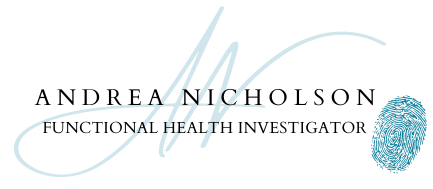
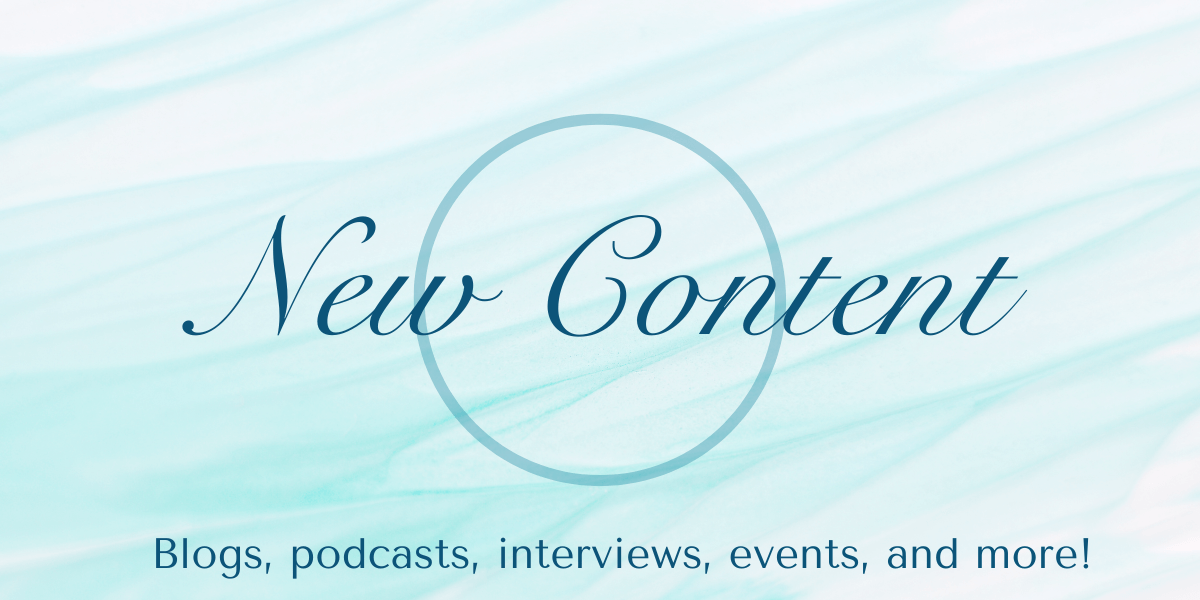

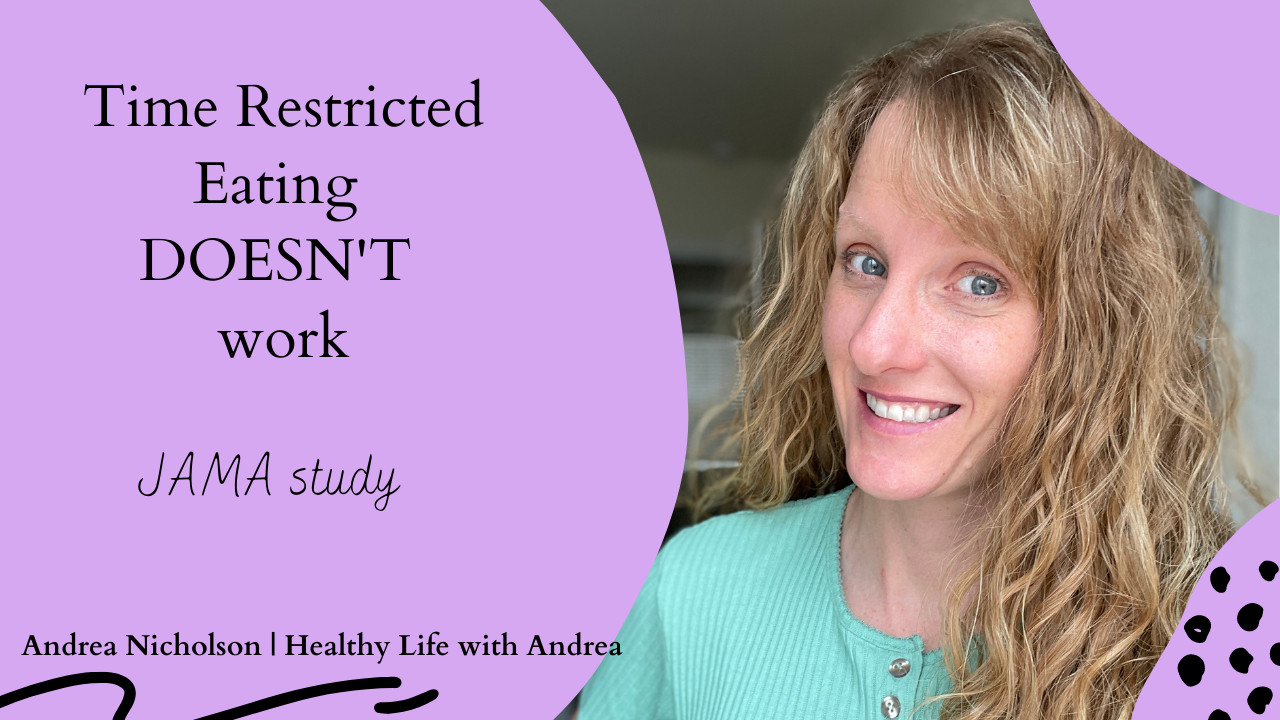
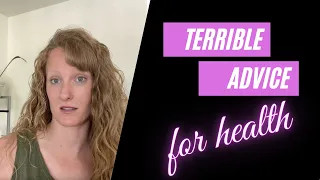
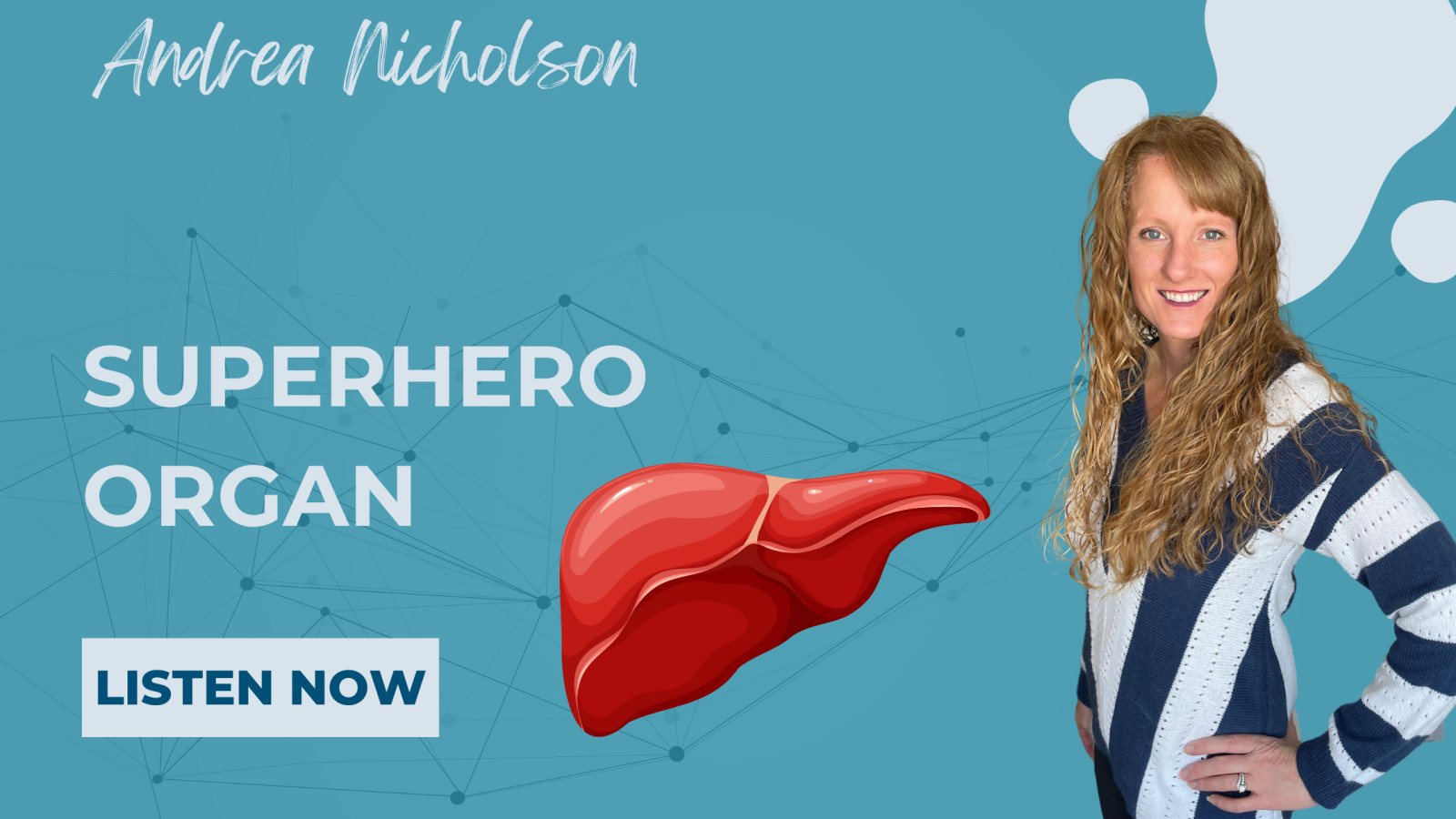
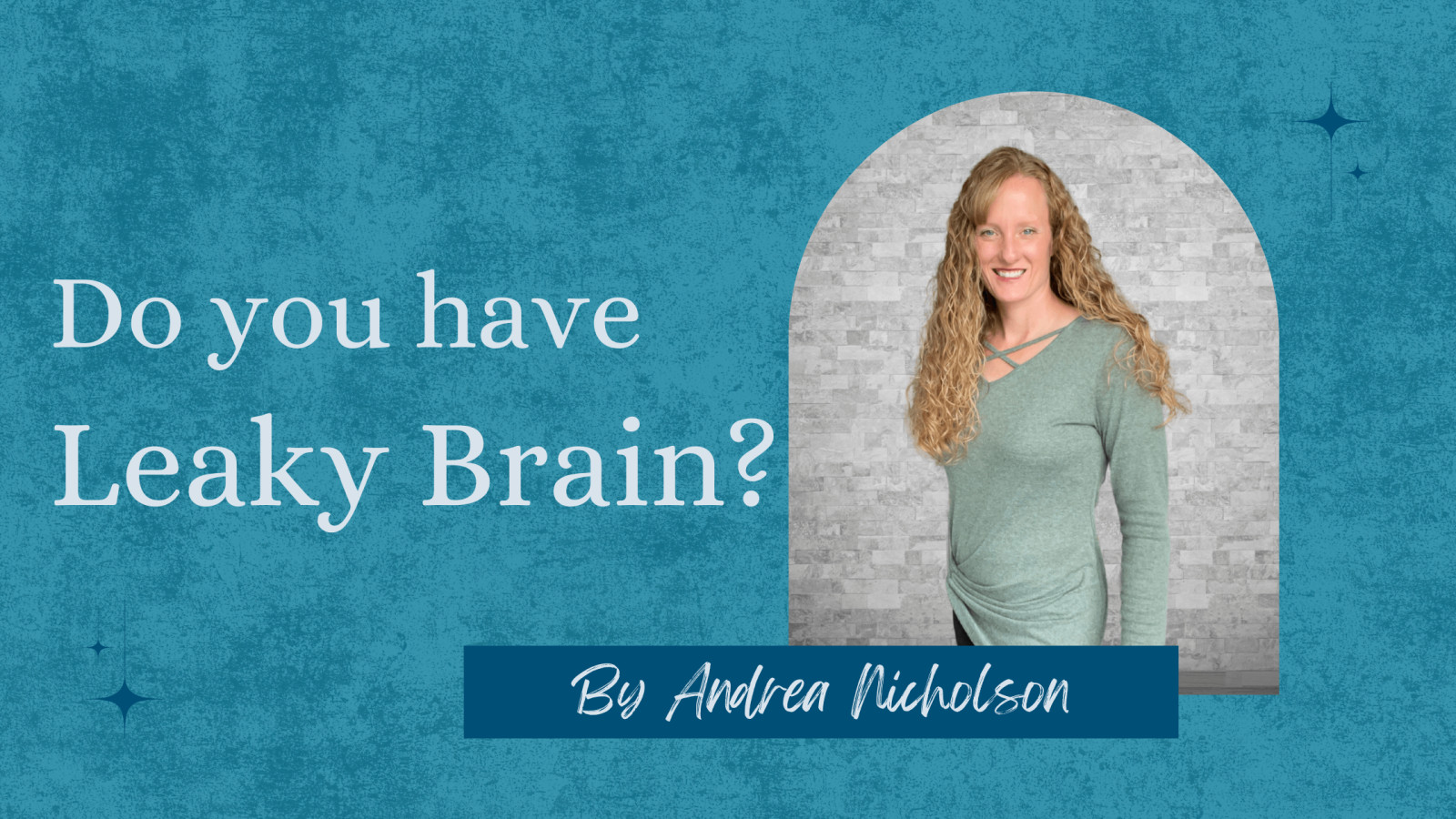
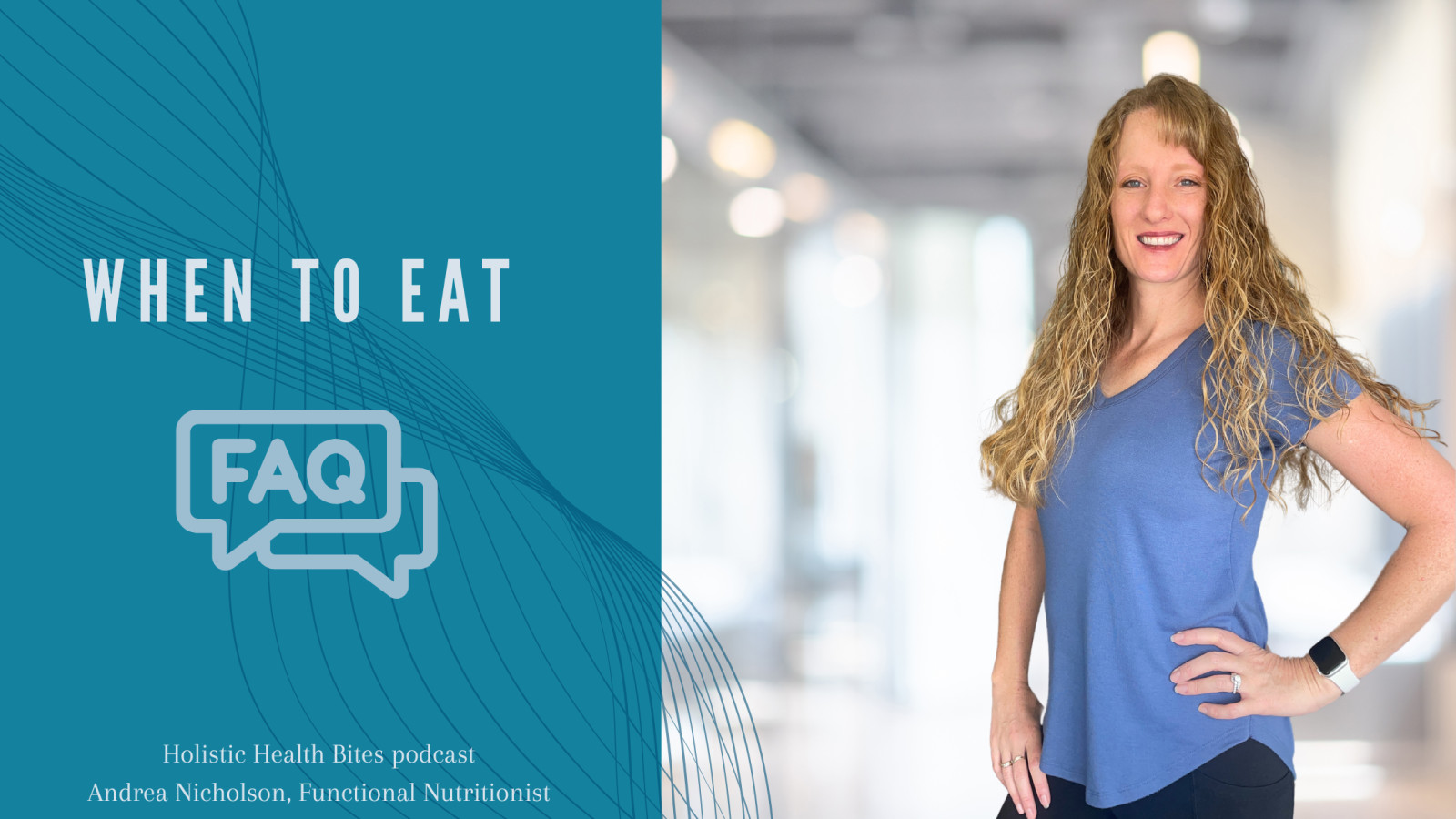

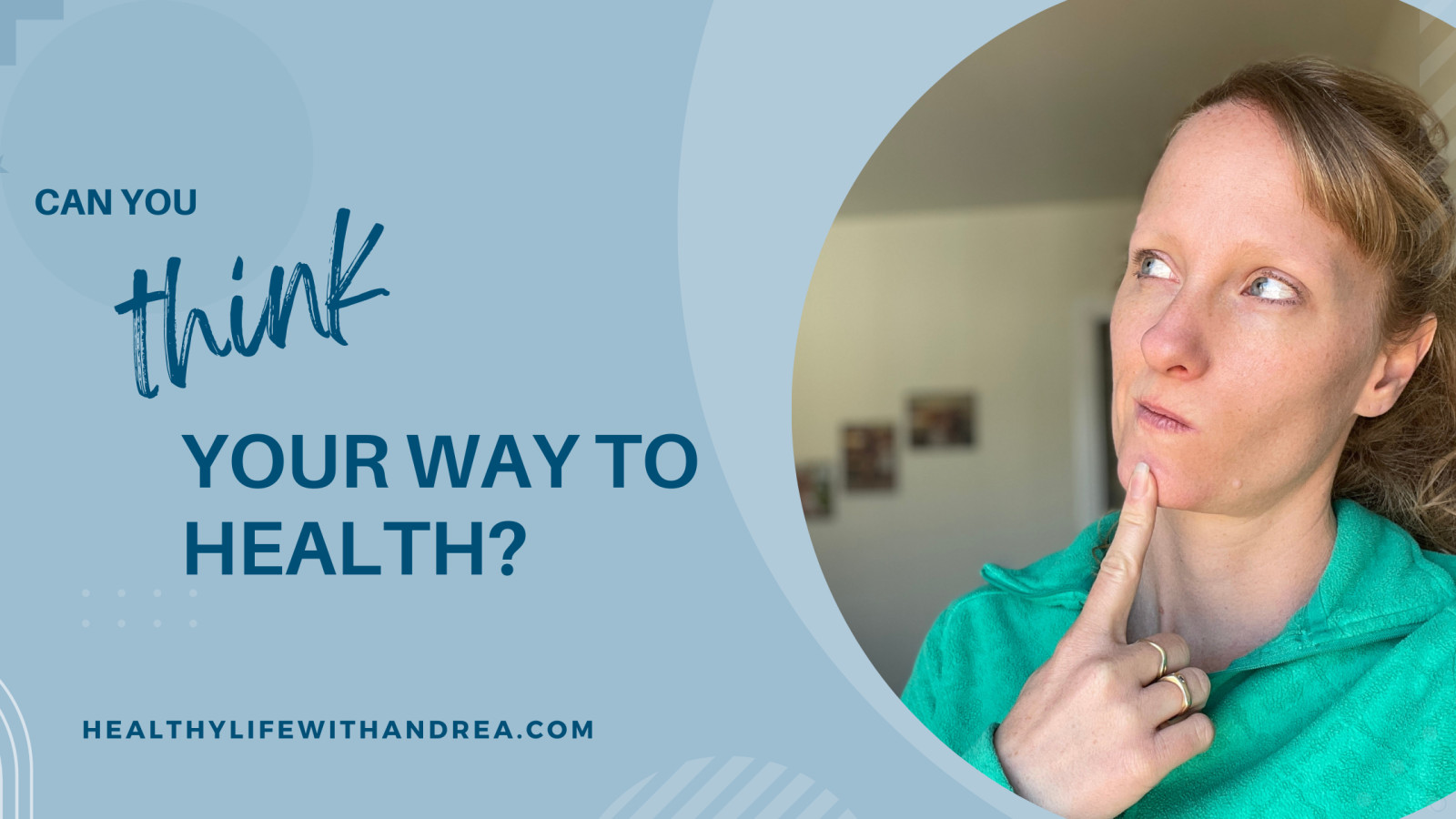
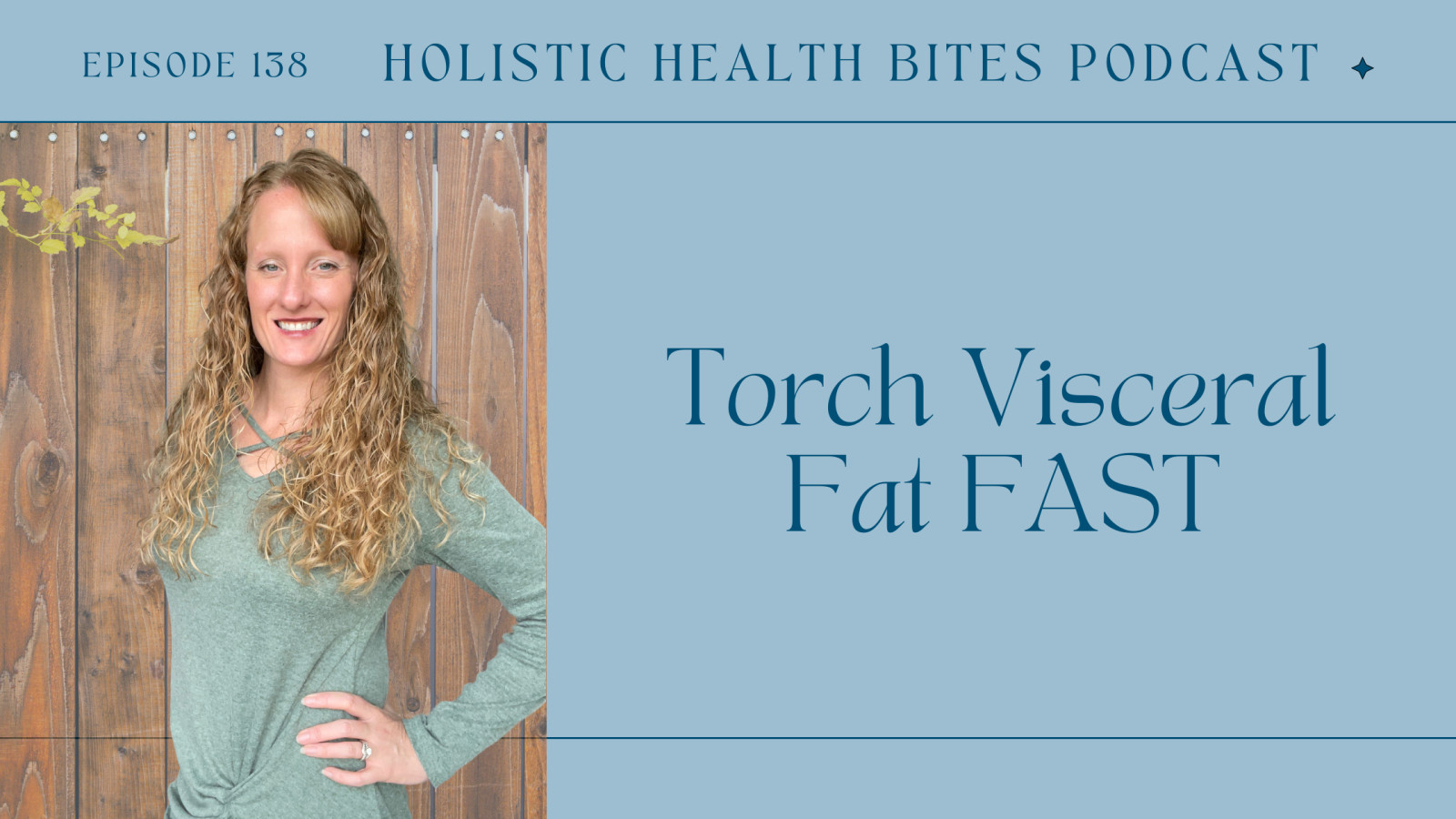
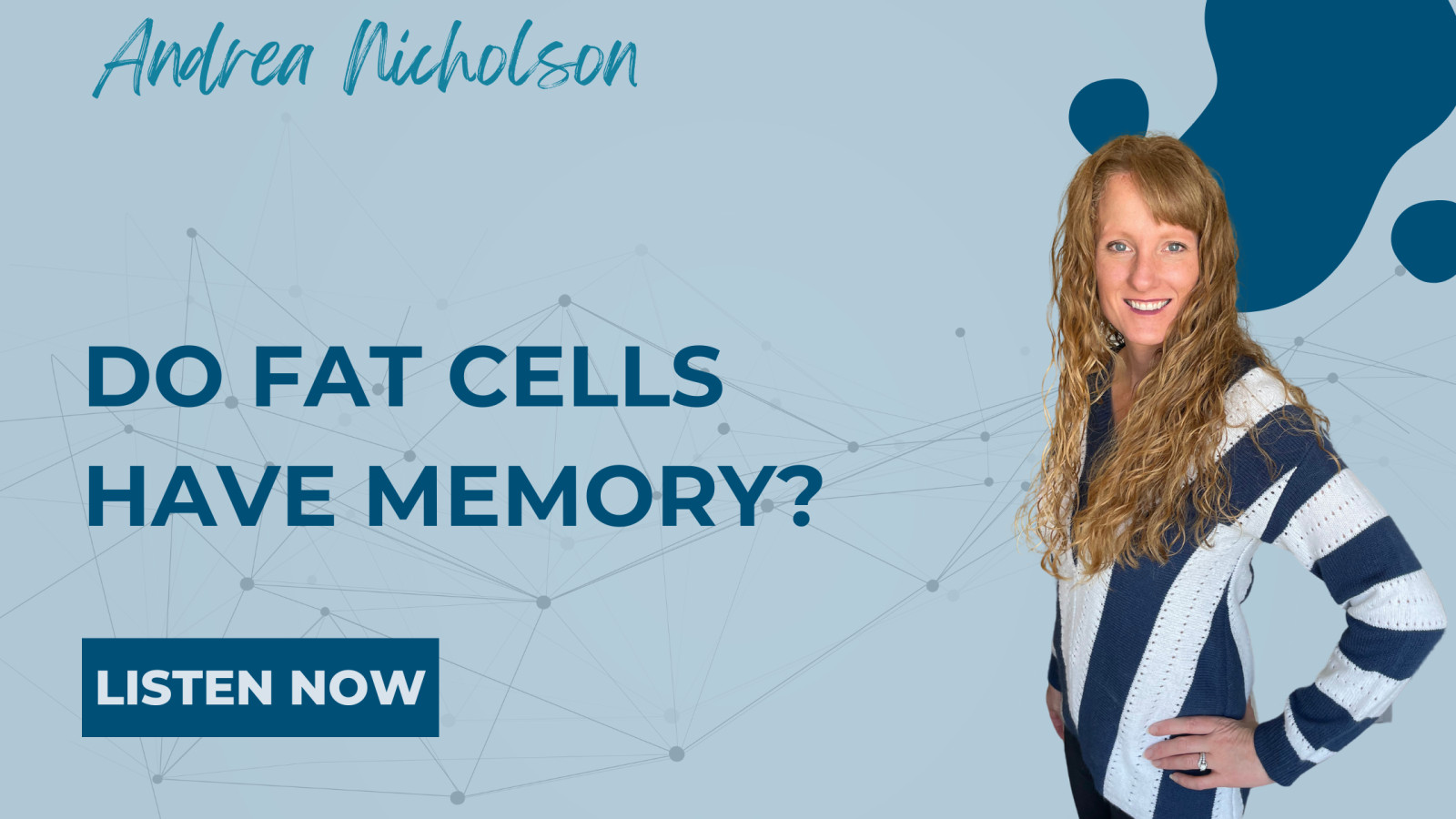
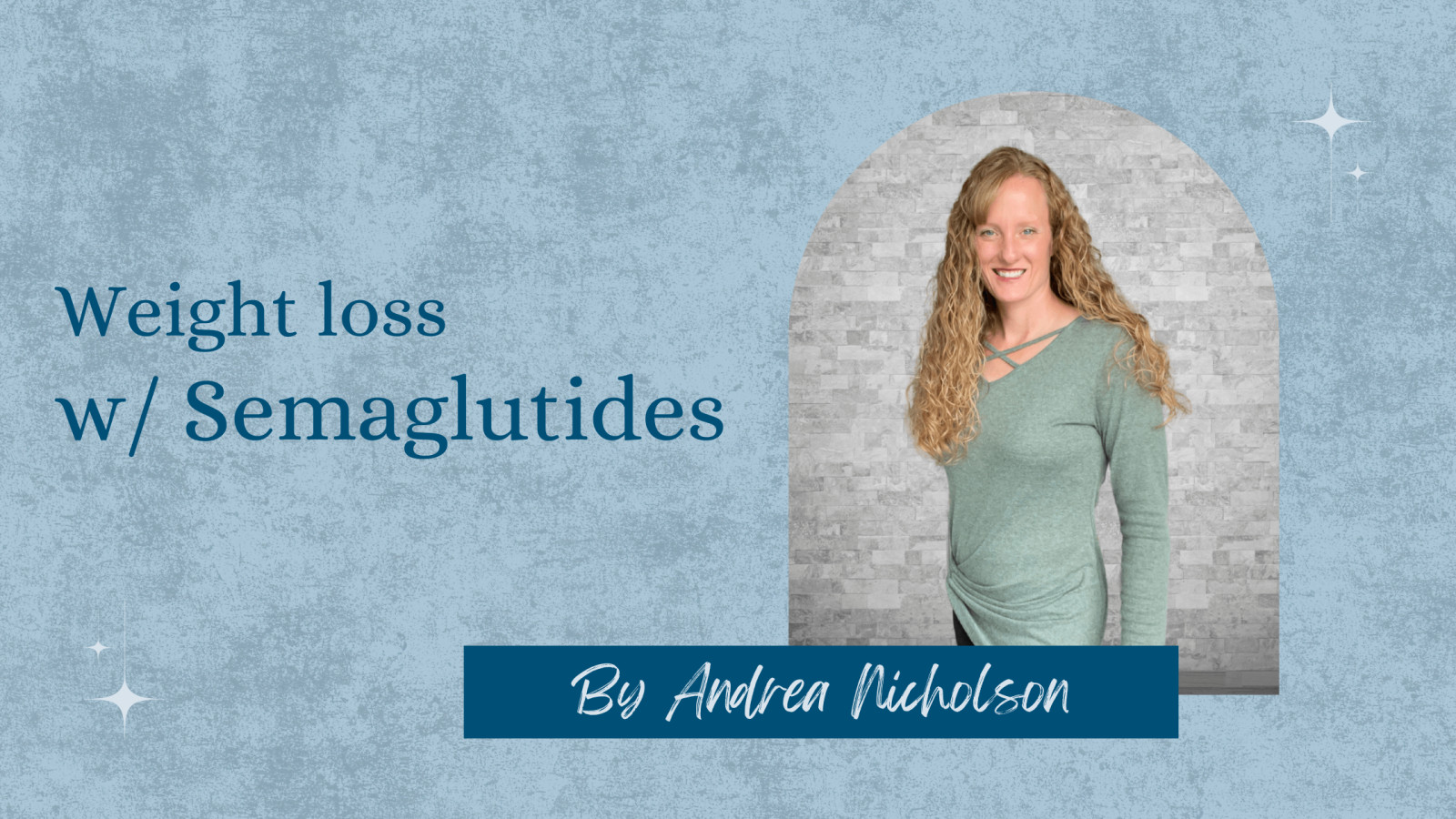
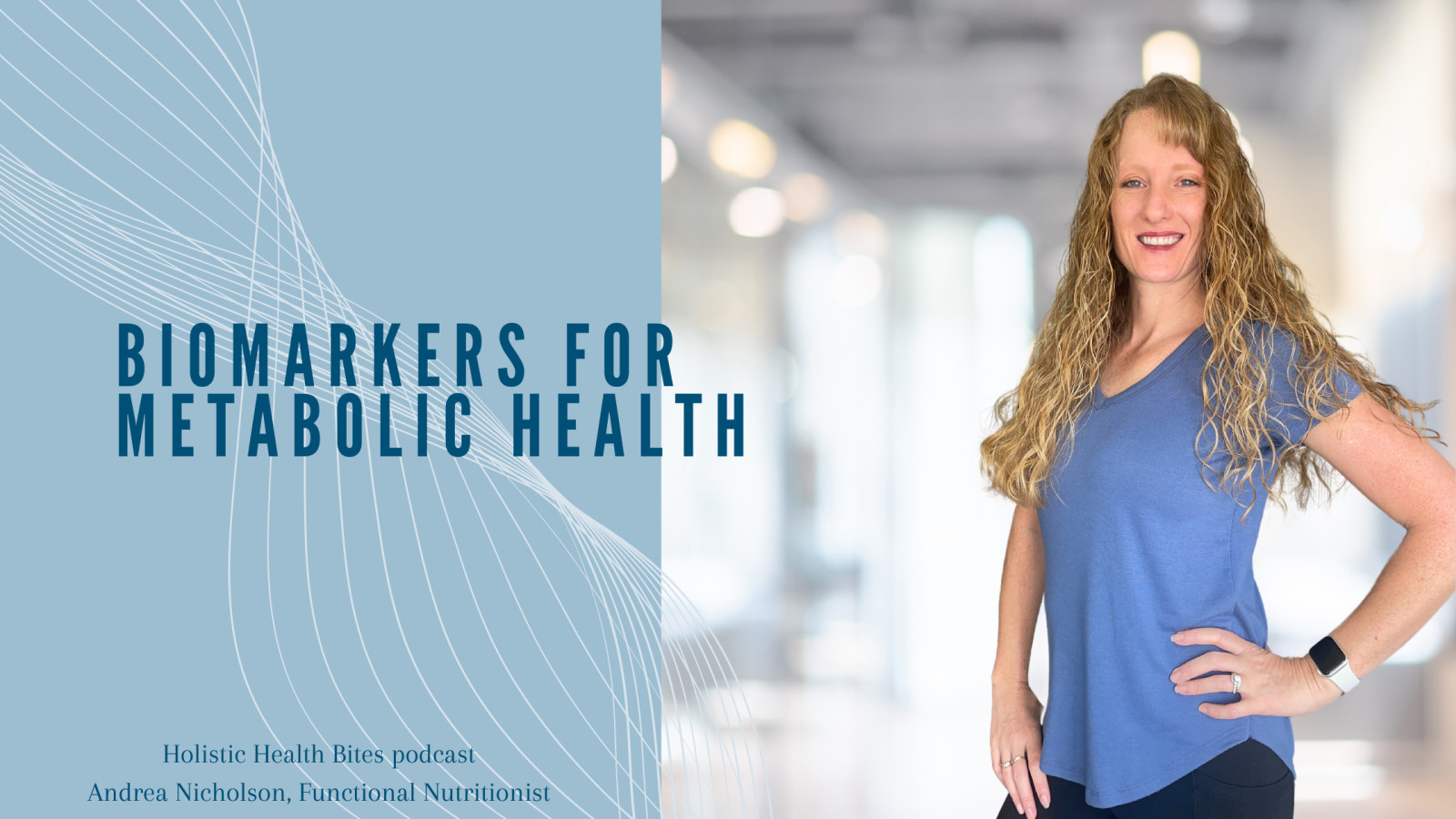





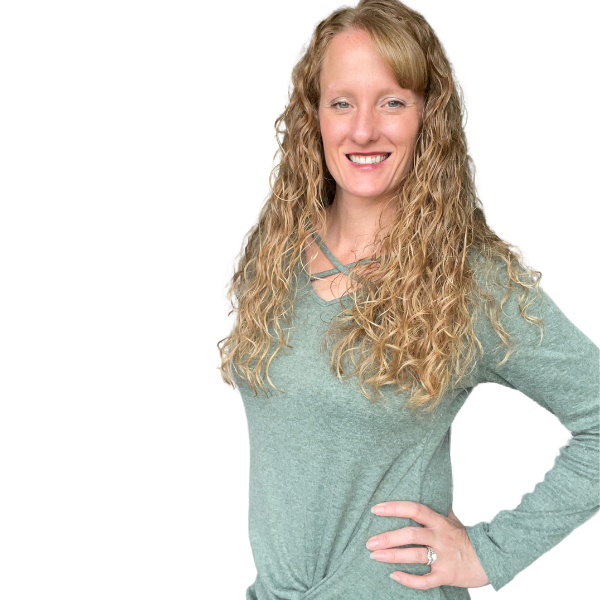
0 Comments